Home>Dining>Tableware>How To Repair Wobbly Dining Room Chairs
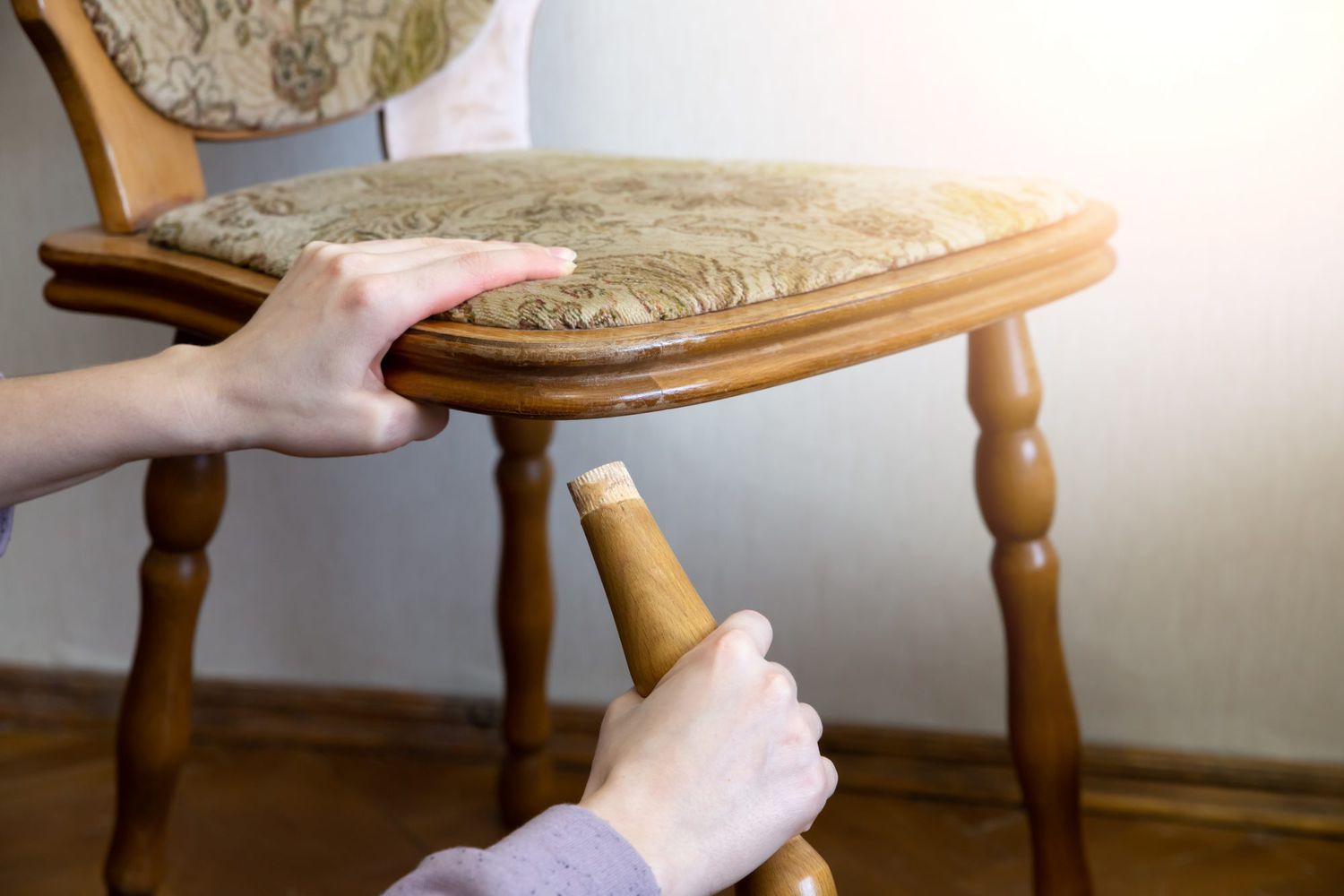

Tableware
How To Repair Wobbly Dining Room Chairs
Modified: December 7, 2023
Learn how to fix wobbly dining room chairs with our expert tips and techniques. Upgrade your tableware experience and enjoy a stable and comfortable dining experience.
(Many of the links in this article redirect to a specific reviewed product. Your purchase of these products through affiliate links helps to generate commission for Storables.com, at no extra cost. Learn more)
Introduction
Having a beautifully set dining room with a stunning table and elegant tableware is a joy, but the experience can be marred when your dining room chairs start to wobble. Wobbly chairs not only compromise the comfort and stability of your seating arrangement but can also pose safety risks, especially if the chairs give out unexpectedly.
In this article, we will delve into the causes of wobbly dining room chairs and provide you with a comprehensive guide on how to repair them. Whether your chairs have loose joints, broken legs, or unstable seat cushions, we will equip you with the knowledge and techniques to restore stability and functionality to your chairs.
Before we jump into the repair process, it’s important to understand the underlying causes of wobbling chairs. There are a few common culprits that can contribute to this issue. First and foremost, wear and tear over time can loosen joints, causing the chair to wobble. Additionally, accidents or mishandling can result in broken or split joints. Furthermore, worn or damaged chair legs can also cause instability. Lastly, loose or displaced seat cushions can make the chair feel unsteady.
Now that we have a better understanding of the causes, let’s move on to the steps you can take to identify and repair wobbly dining room chairs. By following this guide, you can ensure that your dining room remains a place of comfort, stability, and enjoyment for all of your guests.
Key Takeaways:
- Restore stability to wobbly dining chairs by addressing loose joints, repairing broken legs, and securing seat cushions. Enjoy a safe and comfortable dining experience with well-maintained chairs.
- Understanding the causes of wobbling chairs is crucial. From tightening screws to replacing legs, follow step-by-step instructions to restore stability and prolong the lifespan of your dining room chairs.
Read more: How To Fix Wobbly Dining Chairs
Understanding the Causes of Wobbly Dining Room Chairs
Wobbly dining room chairs can be frustrating, but understanding the underlying causes is crucial in effectively addressing the issue. Here, we will explore the most common reasons why dining chairs become unstable, helping you identify and resolve the problem.
1. Loose or Damaged Joints: One of the primary culprits behind wobbly chairs is loose or damaged joints. Over time, the constant use of chairs can loosen the screws, bolts, or dowels that hold the various parts together. Additionally, accidents or rough handling can cause joints to become loose or even break.
2. Worn or Damaged Chair Legs: The legs of a dining chair endure a considerable amount of stress, from supporting the weight of the person sitting on it to being moved around. Consequently, the legs can become worn or damaged, resulting in instability.
3. Unstable Seat Cushions: If the seat cushions of your dining chairs are loose or shifted out of place, it can lead to an unsteady seating experience. This often occurs when the cushion’s attachment mechanism, such as screws or glue, becomes loose or weak over time.
Now that we have a clearer understanding of the causes, it’s easier to approach the repair process more effectively. In the following sections, we will guide you through step-by-step instructions on how to address each issue and restore stability to your wobbly dining room chairs.
Remember, addressing these causes promptly will not only enhance the comfort and safety of your dining experience but also prolong the lifespan of your chairs. Let’s continue to the next section to learn how to identify and fix loose or damaged joints.
Checking for Loose or Damaged Joints
When dealing with wobbly dining room chairs, the first step is to assess the condition of the joints. Loose or damaged joints are a common cause of instability, but they can be easily addressed with some basic tools and techniques.
To check for loose joints, carefully inspect each area where two pieces of the chair are joined together. This can include the connection between the legs and the seat, as well as the backrest and the legs. Look for any visible gaps or signs of movement when pressure is applied.
If you discover loose joints, there are a few methods you can employ to tighten them:
- Tightening Screws or Bolts: If your dining chairs have screws or bolts that hold the joints together, use a screwdriver or wrench to tighten them. Ensure that you tighten them adequately, but be cautious not to overtighten, as this can strip the screw or damage the wood.
- Applying Wood Glue: In some cases, tightening the screws or bolts may not sufficiently address the issue. If there are still visible gaps or if the joint is slightly loose, consider applying wood glue. Apply a small amount of wood glue to the joint, then press the pieces together firmly. Use a clamp or heavy object to maintain pressure until the glue dries thoroughly.
- Using Wooden Dowels: For more severe joint issues, you may need to reinforce the connection with wooden dowels. Drill holes into both pieces of wood that form the joint, then insert the dowels and apply wood glue. Once the glue has dried, trim any excess dowel using a saw or chisel.
By following these methods, you can effectively tighten loose joints and restore stability to your dining room chairs. However, if you encounter any broken or split joints, further repair may be necessary. Let’s proceed to the next section to learn how to repair these damaged joints.
Tightening Loose Joints
When it comes to addressing wobbly dining room chairs, tightening loose joints is a crucial step to restore stability. By following a few simple techniques, you can easily address this issue and prevent further wobbling.
The first step is to identify the loose joints in your chairs. Thoroughly inspect each area where two pieces of the chair are joined together, such as the legs to the seat or the backrest to the legs. Look for any visible gaps or signs of movement when pressure is applied.
Once you have identified the loose joints, here are some methods you can use to tighten them:
- Tightening Screws or Bolts: Many dining chairs have screws or bolts that hold the joints together. Use a screwdriver or wrench to tighten these screws or bolts. Turn them clockwise until they are securely tightened, but be careful not to overtighten and strip the screw or damage the wood.
- Using Wood Glue: If tightening the screws or bolts doesn’t sufficiently address the issue, you can use wood glue to reinforce the joint. Apply a small amount of wood glue to the joint, then press the pieces together firmly. Use clamps or heavy objects to maintain pressure on the joint until the glue dries completely. This will create a strong bond and stabilize the joint.
- Using Wood Filler: In cases where there are noticeable gaps in the joint, wood filler can be used to fill in the space and provide additional support. Apply the wood filler to the gaps using a putty knife, then smooth it out and let it dry according to the manufacturer’s instructions. Once dried, sand the filled areas until smooth and paint or stain to match the rest of the chair.
It’s important to note that not all chairs are designed with screws or bolts, and some may require alternative methods to tighten the joints. If you encounter challenges or the wobbling persists, it may be necessary to consult a professional or consider further repair options.
By following these techniques, you can effectively tighten loose joints in your dining room chairs, restoring stability and ensuring a comfortable seating experience. In the next section, we will explore how to repair broken or split joints for chairs that require a more extensive fix.
Repairing Broken or Split Joints
If you notice broken or split joints in your dining room chairs, it’s important to address them promptly to restore stability and safety. Repairing these types of joints may require a bit more effort and skill, but with the right techniques, you can effectively fix the issue.
Here are some steps to repair broken or split joints:
- Disassembling the Chair: Start by carefully disassembling the chair to access the damaged joint. Remove any screws, bolts, or fasteners holding the broken or split joint together.
- Removing Debris and Old Glue: Clean out any debris, old glue, or loose wood fragments from the joint. A chisel or sandpaper can be useful for this step, ensuring a clean and smooth surface for the repair.
- Applying Wood Glue: Apply a generous amount of wood glue to both surfaces of the joint. Ensure that the glue is spread evenly and covers the entire area where the joint will be rejoined.
- Rejoining the Joint: Carefully align the broken or split pieces of the joint and press them together firmly. Use clamps or other heavy objects to secure the joint and maintain pressure until the glue dries completely. Follow the instructions provided by the wood glue manufacturer for drying time.
- Reinforcing with Dowels: For added strength, you may choose to reinforce the repaired joint with wooden dowels. Drill corresponding holes in both pieces of wood that form the joint, making sure the holes align. Apply wood glue to the holes, insert the dowels, and wipe away any excess glue. Allow the glue to dry fully before proceeding.
- Sanding and Finishing: Once the repaired joint is dry, use sandpaper to smooth out any rough edges or excess glue. Sand the area until it is flush with the surrounding wood. Finally, paint or stain the repaired joint to match the rest of the chair, if desired.
Repairing broken or split joints in your dining room chairs may require technical skills and attention to detail. If you’re unsure about carrying out the repair yourself, it’s always best to consult a professional carpenter or furniture repair service to ensure a proper and long-lasting fix.
With these steps, you can effectively repair broken or split joints, restoring stability and functionality to your dining room chairs. In the next section, we will explore how to address another common cause of wobbly chairs: worn or damaged chair legs.
Check the chair legs for loose screws or joints. Tighten any loose screws or bolts with a screwdriver or wrench. If the joints are loose, apply wood glue and clamp the joints together until the glue dries.
Read more: How Tall Is A Dining Room Chair
Replacing or Repairing Worn or Damaged Chair Legs
If you have wobbly dining room chairs due to worn or damaged legs, it’s important to address this issue to restore stability and safety. Depending on the severity of the damage, you may need to either replace or repair the legs.
Here are some steps to help you replace or repair worn or damaged chair legs:
- Evaluating the Damage: Start by assessing the extent of the damage to the chair legs. Determine if the legs can be repaired or if they need to be replaced entirely.
- Repairing Legs: If the damage is minor, you may be able to repair the legs. This could involve filling in cracks or splits with wood filler, sanding the surface to create a smooth finish, and refinishing or painting the legs to match the rest of the chair.
- Replacing Legs: If the legs are severely damaged or beyond repair, replacing them is the best option. Begin by measuring the length and diameter of the existing legs to ensure the replacement legs are a suitable fit. You can find replacement chair legs at hardware stores or online furniture parts suppliers.
- Removing Old Legs: To remove the old legs, flip the chair upside down and inspect how they are attached. Some legs may be attached with screws or bolts, while others may be glued or dowelled. Take the necessary steps to remove the old legs, such as unscrewing or gently tapping with a mallet.
- Attaching New Legs: Once the old legs are removed, line up the replacement legs and attach them securely to the chair. Follow the same method used for the original legs, whether it’s using screws, bolts, glue, or dowels. Make sure the legs are level and aligned correctly before tightening them.
- Testing Stability: After replacing or repairing the legs, test the stability of the chair. Sit on it and apply pressure to ensure that the wobbling issue has been resolved. If any further adjustments or repairs are needed, address them accordingly.
Repairing or replacing worn or damaged chair legs requires some manual work and attention to detail. If you’re unsure about your DIY skills or need assistance, consider consulting a professional carpenter or furniture repair service to ensure a safe and proper fix.
By following these steps, you can address the issue of worn or damaged chair legs and restore stability and functionality to your dining room chairs. In the next section, we will explore how to fix loose or unstable seat cushions, another common cause of wobbly chairs.
Fixing Loose or Unstable Seat Cushions
If your dining room chairs have loose or unstable seat cushions, it can not only contribute to the wobbling issue but also compromise comfort and support. Fortunately, addressing this problem is relatively simple and can be done with a few basic tools and materials.
Here are the steps to fix loose or unstable seat cushions:
- Assessing the Cushion Attachment: Start by examining how the seat cushion is attached to the chair frame. Common methods include screws, brackets, or adhesive.
- Tightening Screws or Brackets: If screws or brackets are used to secure the seat cushion, use a screwdriver or wrench to tighten them. Ensure that they are firmly tightened, but be careful not to overtighten and strip the screw holes.
- Repositioning Adhesive: If adhesive is used to keep the seat cushion in place, it may have weakened over time. Carefully lift the cushion and reposition it, ensuring it aligns correctly with the chair frame. Apply a fresh layer of strong adhesive, following the manufacturer’s instructions, to secure the cushion firmly in place.
- Replacing Worn or Damaged Attachment Hardware: If the screws, brackets, or adhesive are worn or damaged, it may be necessary to replace them. Visit a hardware store to find suitable replacement parts that match the original design. Follow the manufacturer’s instructions for attaching the new hardware securely.
- Adding Extra Support: For added stability, consider adding extra support to the seat cushion. This can be done by attaching additional brackets or reinforcements underneath the cushion, ensuring they are securely fastened to the chair frame.
- Testing Stability: Once the necessary adjustments or repairs have been made, test the stability of the seat cushion by sitting on the chair and applying pressure. Ensure that the cushion remains securely in place and that there is no wobbling or shifting.
By following these steps, you can fix loose or unstable seat cushions on your dining room chairs, improving both stability and comfort during meals or gatherings. However, if the cushions are severely damaged or beyond repair, it may be necessary to replace them entirely to achieve optimal results.
Now that you know how to address loose or unstable seat cushions, you have the knowledge to tackle one of the most common causes of wobbly dining chairs. In the next section, we will provide an overview of the steps to restore stability to wobbly dining room chairs overall.
Restoring Stability to Wobbly Dining Room Chairs
After identifying and addressing the specific causes of wobbling in your dining room chairs, it’s time to bring everything together and restore stability. By following these steps, you can ensure that your dining chairs are steady, safe, and provide a comfortable seating experience for you and your guests.
Here is an overview of the steps to restore stability to wobbly dining room chairs:
- Understanding the Causes: Start by understanding the underlying causes of wobbling in your chairs. Check for loose or damaged joints, worn or damaged chair legs, loose or unstable seat cushions, or any other factors contributing to the instability.
- Checking for Loose or Damaged Joints: Inspect the joints of the chair for any signs of looseness or damage. Tighten screws or bolts, apply wood glue if necessary, and consider reinforcing with wooden dowels for more severe joint issues.
- Repairing Broken or Split Joints: If you find any broken or split joints, carefully disassemble the chair, clean out debris and old glue, apply wood glue to the joint surfaces, rejoin the pieces, and reinforce with dowels if needed. Sand and finish the repaired joint to achieve a seamless look.
- Replacing or Repairing Worn or Damaged Chair Legs: Evaluate the condition of the chair legs and determine if they need to be replaced or repaired. Fill in cracks or splits with wood filler, sand the surface, and refinish or paint for repairs. If replacement is necessary, measure and install new legs that match the original design.
- Fixing Loose or Unstable Seat Cushions: Assess the attachment method of the seat cushions and tighten screws or brackets, reposition adhesive, or replace worn or damaged attachment hardware. Consider adding extra support underneath the cushion for stability.
- Testing Stability: Once all the necessary repairs and adjustments have been made, test the stability of the chairs by sitting on them and applying pressure. Ensure that there is no wobbling or movement, and that the chairs feel secure and balanced.
By following these steps and addressing each specific issue, you can restore stability to your wobbly dining room chairs. Remember, maintaining stability in your chairs not only improves comfort but also reduces the risk of accidents or injuries. Regularly inspect and maintain your chairs to ensure they remain stable over time.
With your newly restored stable dining chairs, you can now enjoy meals, gatherings, and special occasions with confidence. Take the time to care for your chairs, and they will continue to serve you well for years to come.
Conclusion
Wobbly dining room chairs can be a nuisance, affecting both the comfort and safety of your dining experience. However, with the knowledge and techniques provided in this article, you now have the tools to address and resolve this common issue.
Understanding the causes of wobbling, such as loose or damaged joints, worn or damaged chair legs, and loose or unstable seat cushions, is crucial in effectively addressing the problem. By following the step-by-step instructions for each specific issue, you can restore stability to your dining room chairs and enhance the overall dining experience for yourself and your guests.
From tightening screws or bolts and applying wood glue to reinforcing with wooden dowels, repairing broken or split joints can be approached with confidence. Replacing or repairing worn or damaged chair legs will not only restore stability but also enhance the aesthetic appeal of your chairs. Additionally, fixing loose or unstable seat cushions by tightening screws or brackets, repositioning adhesive, or adding extra support will ensure a comfortable and secure seating arrangement.
Remember to test the stability of your chairs after each repair and make further adjustments if necessary. Regular maintenance and inspection of your dining chairs will help prevent future wobbling issues and prolong their lifespan.
With your newly restored stable dining room chairs, you can now enjoy meals, gatherings, and special occasions with peace of mind. Take pride in your beautifully set dining room, knowing that your chairs provide both functionality and aesthetic appeal.
Lastly, if you encounter challenges or feel unsure about executing the repairs yourself, it is always wise to consult a professional carpenter or furniture repair service. Their expertise and experience will ensure a proper and long-lasting fix.
So, bid farewell to wobbling chairs and welcome the stability and comfort that your dining room chairs deserve. Enjoy many memorable moments around your dining table, knowing that your chairs are steady and safe for all your guests to enjoy.
Frequently Asked Questions about How To Repair Wobbly Dining Room Chairs
Was this page helpful?
At Storables.com, we guarantee accurate and reliable information. Our content, validated by Expert Board Contributors, is crafted following stringent Editorial Policies. We're committed to providing you with well-researched, expert-backed insights for all your informational needs.
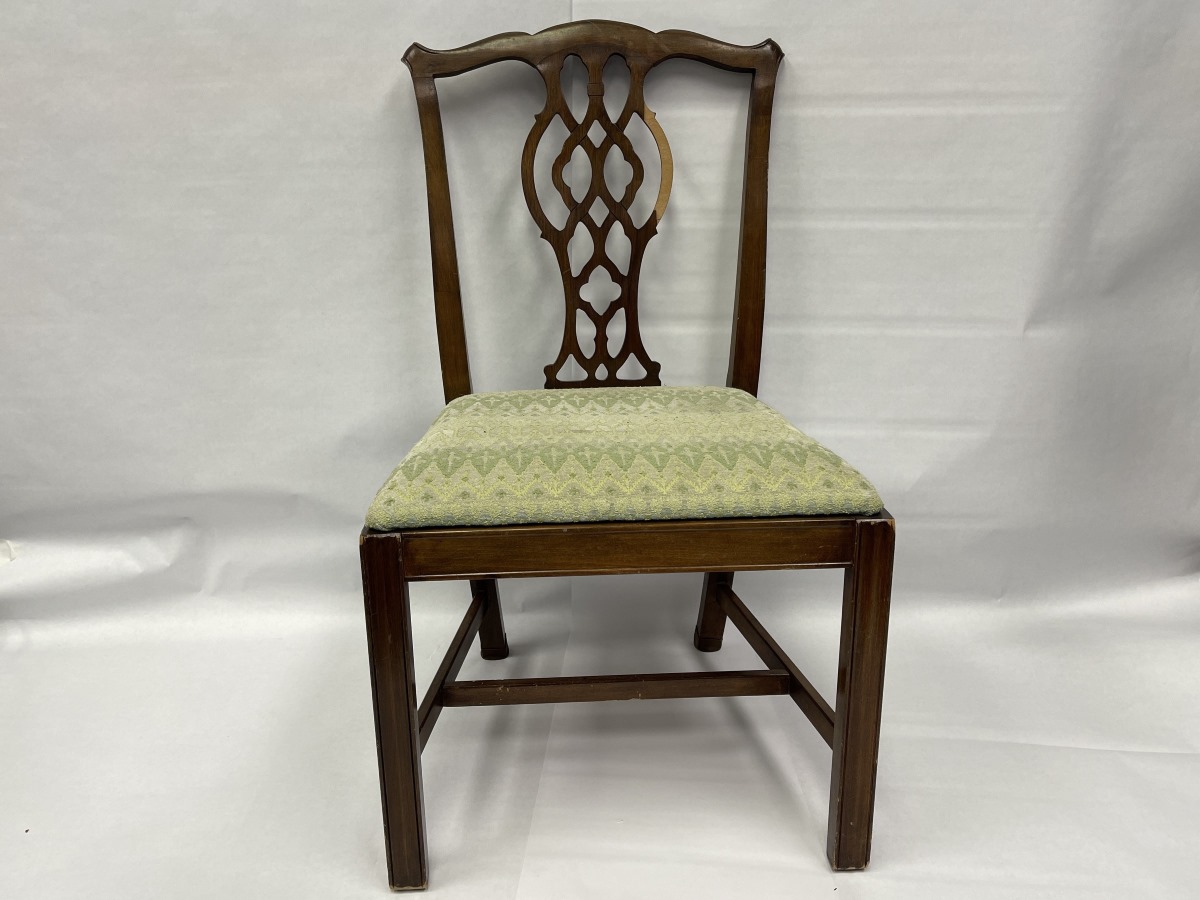

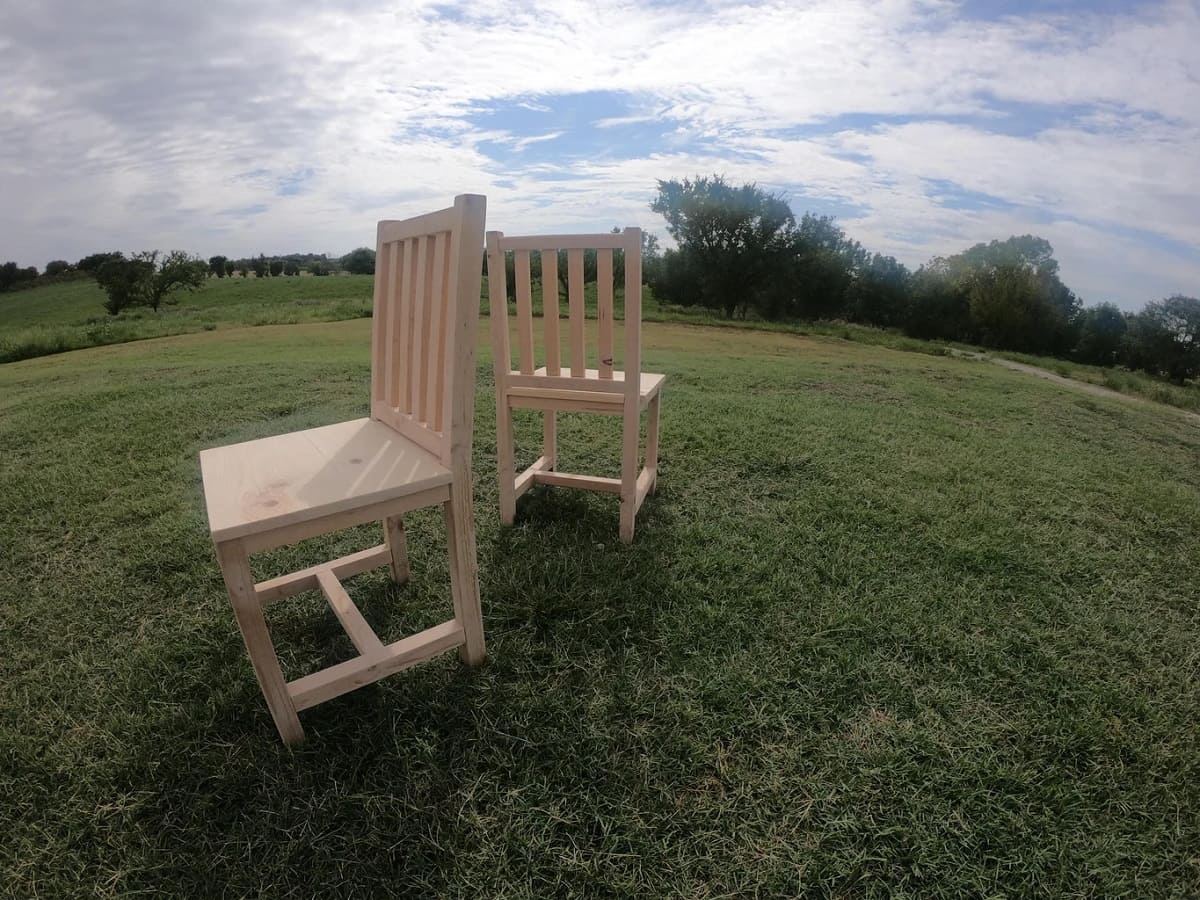
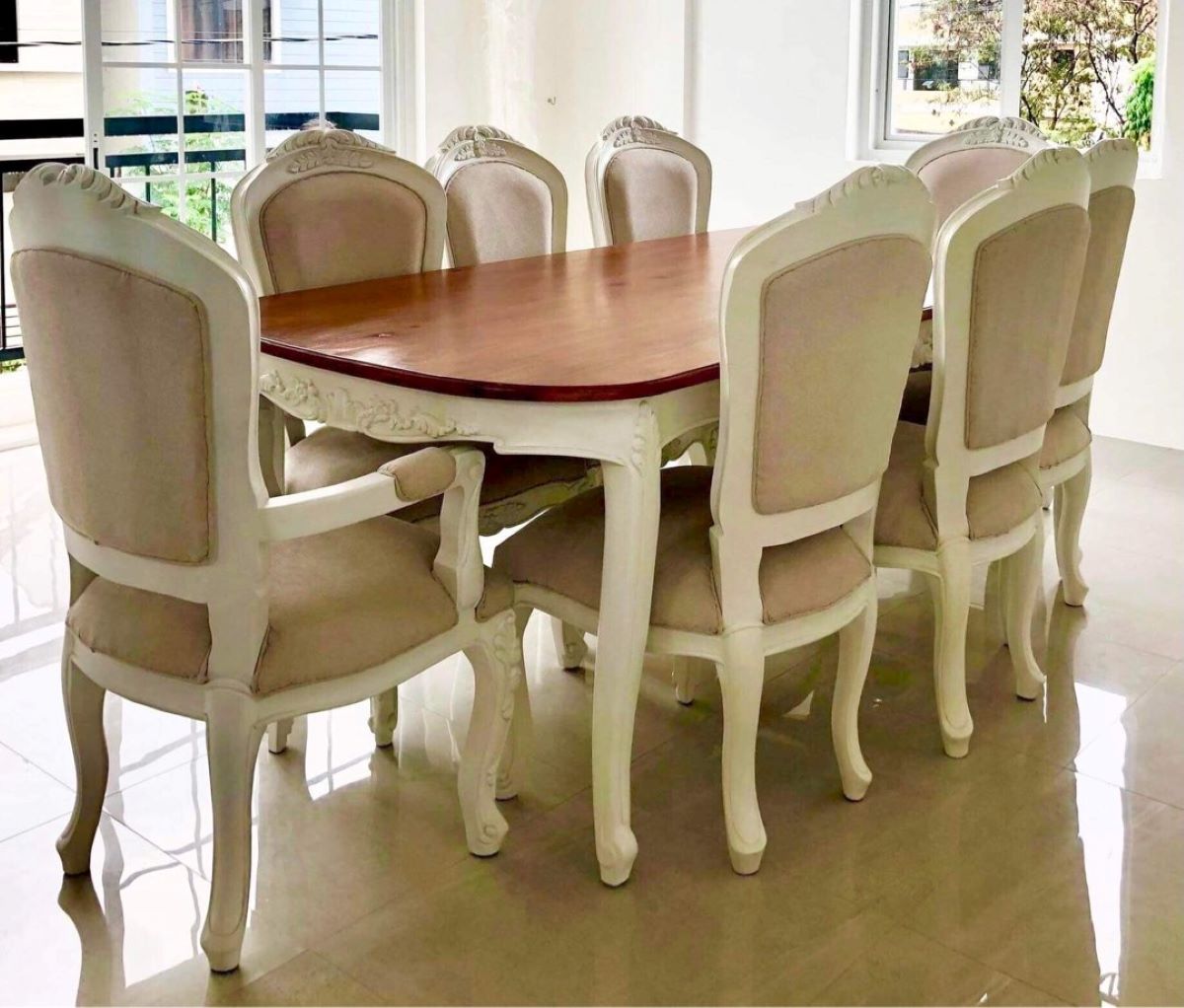
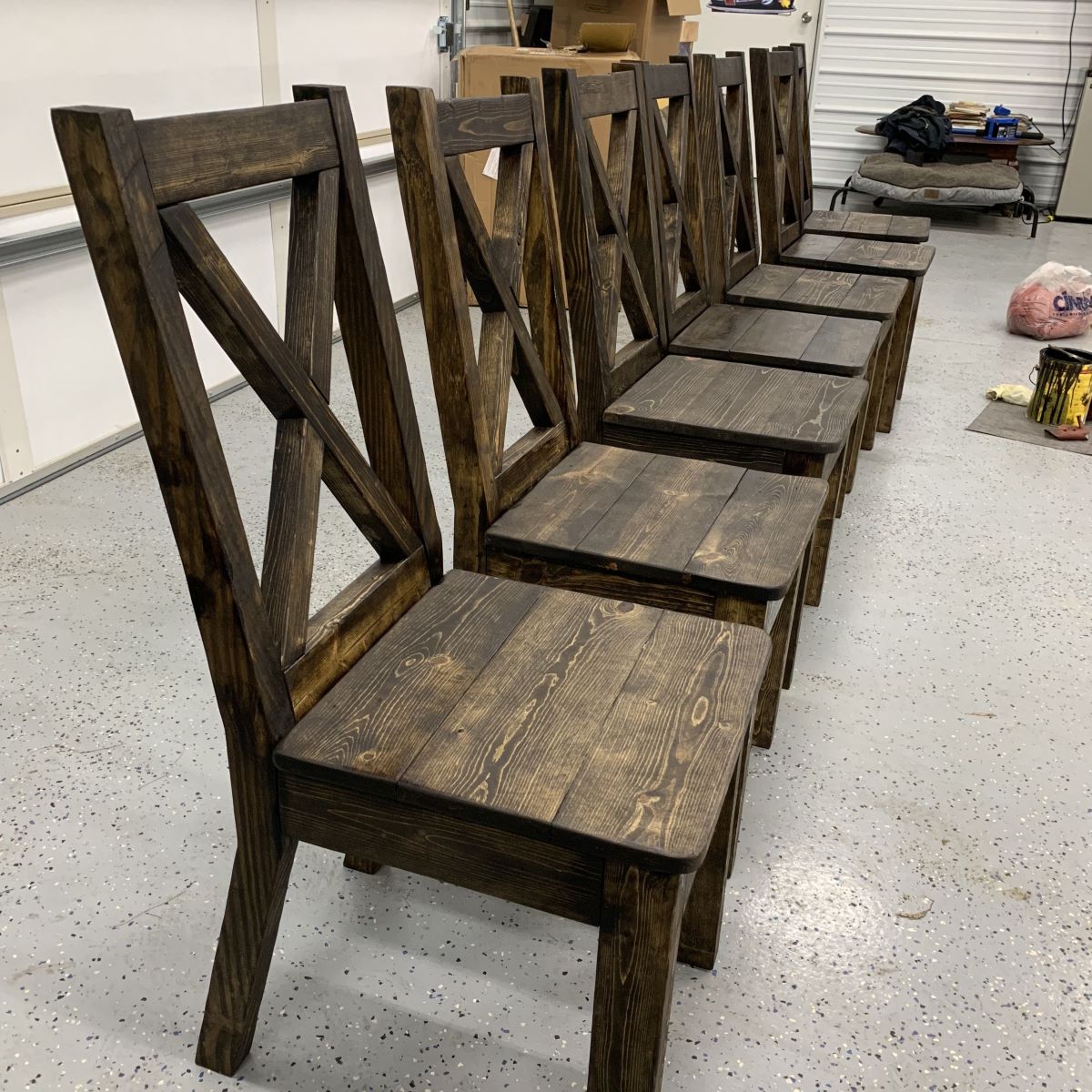
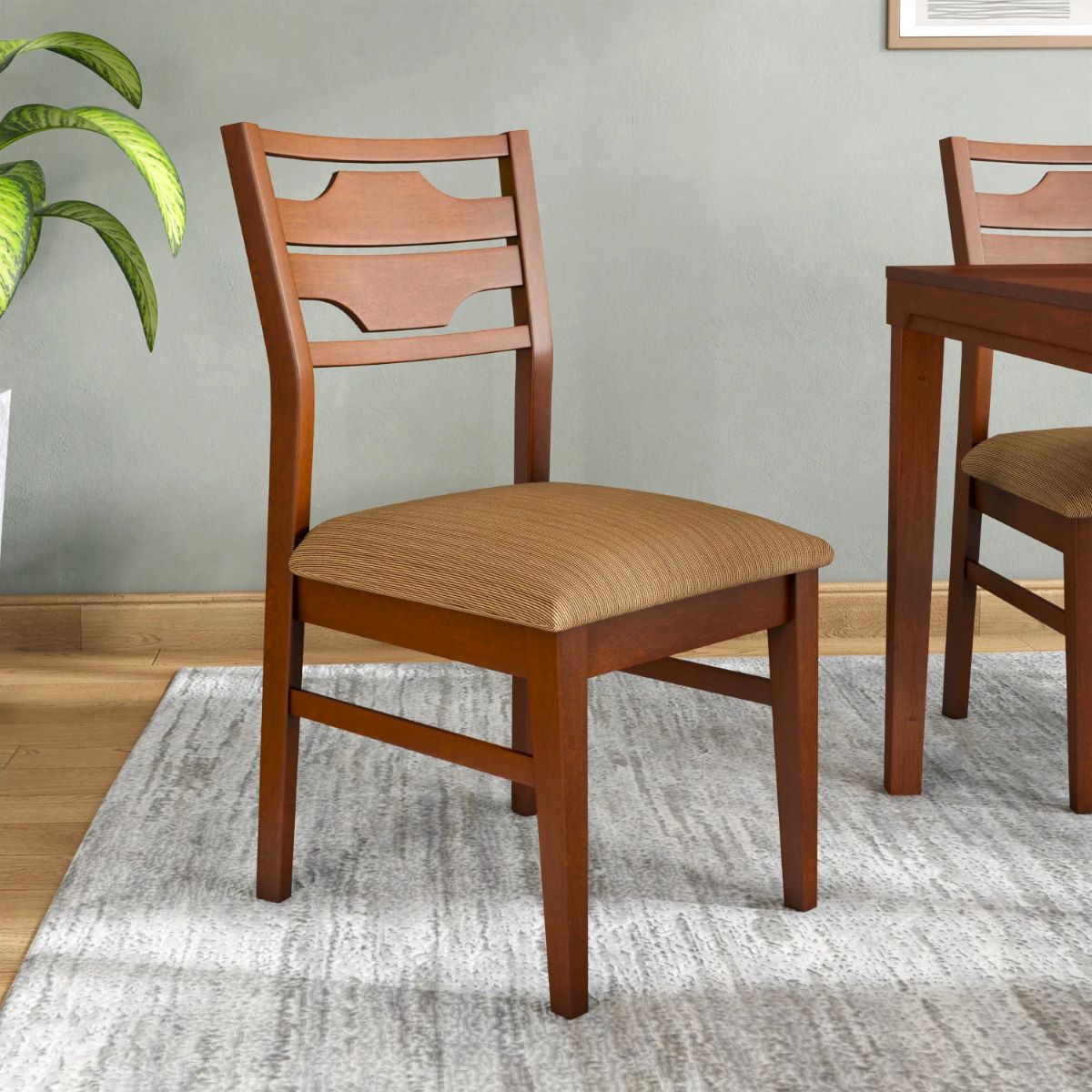
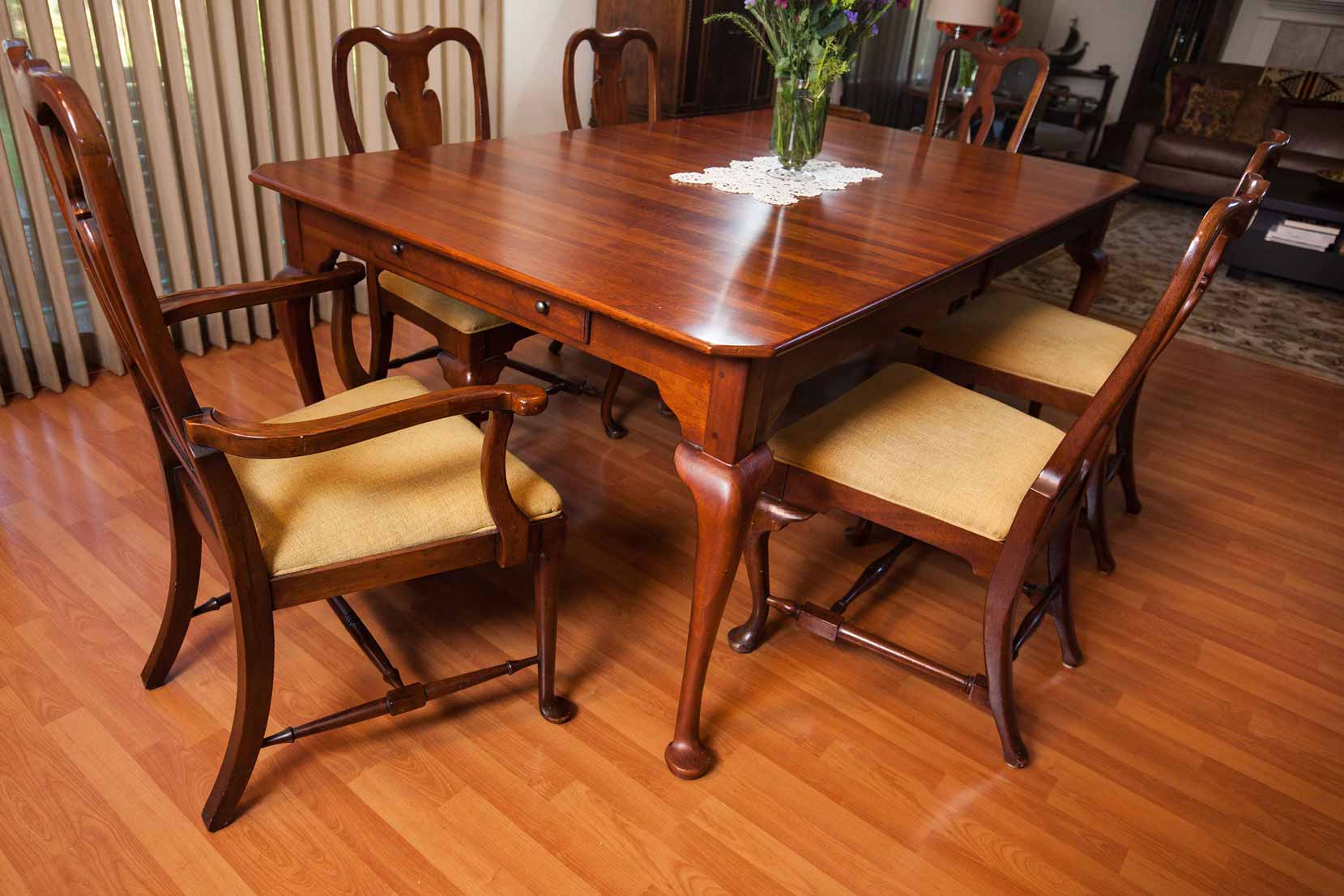
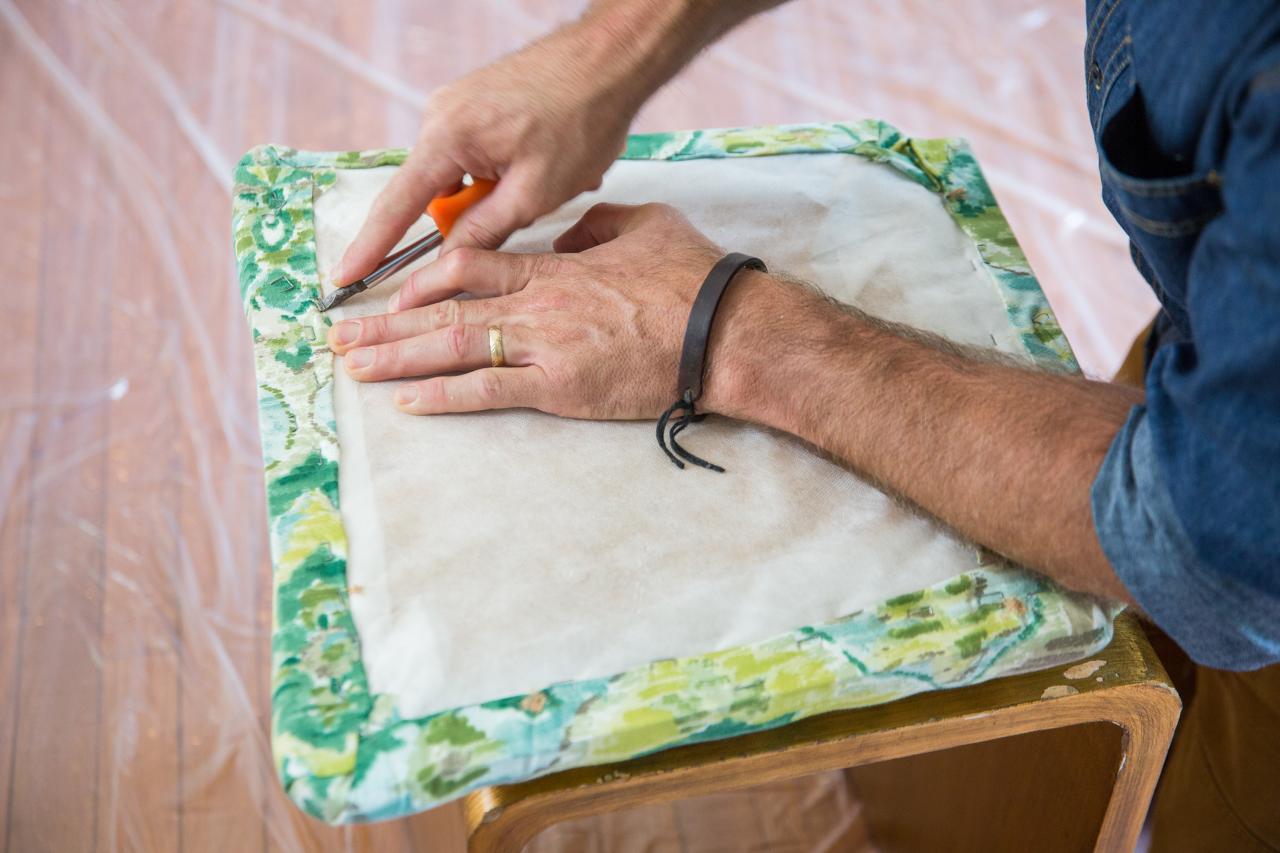
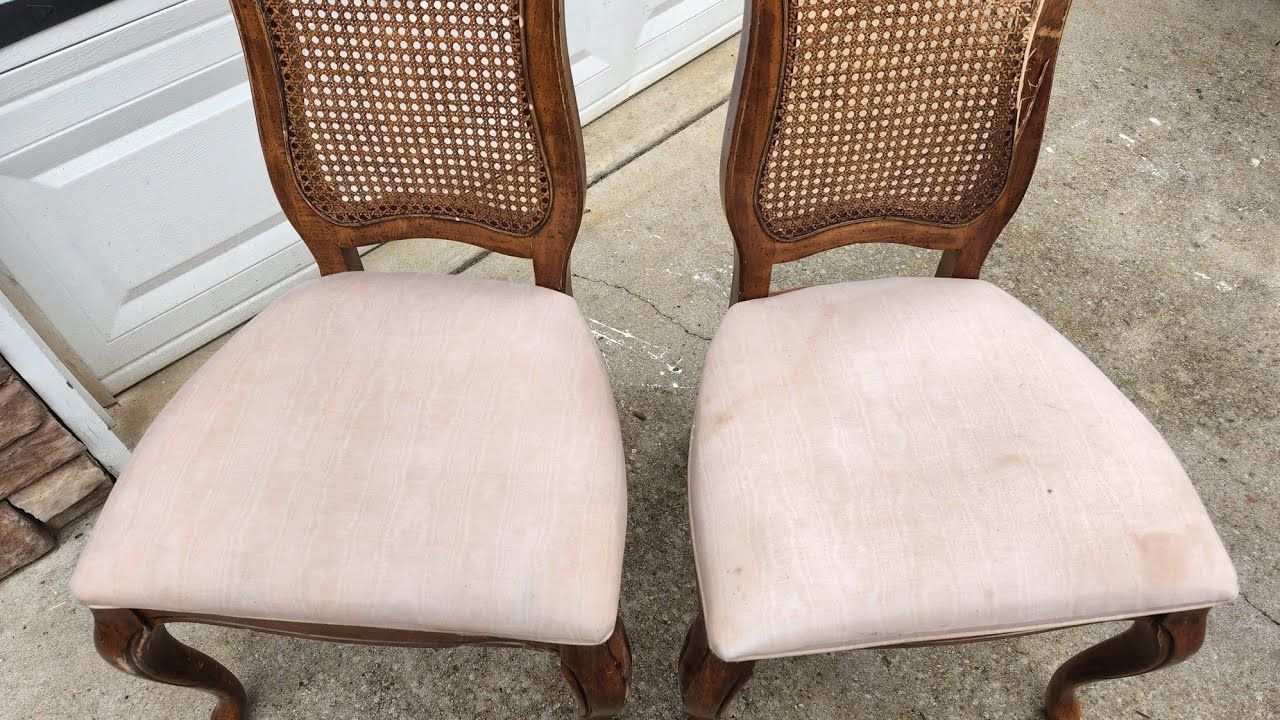

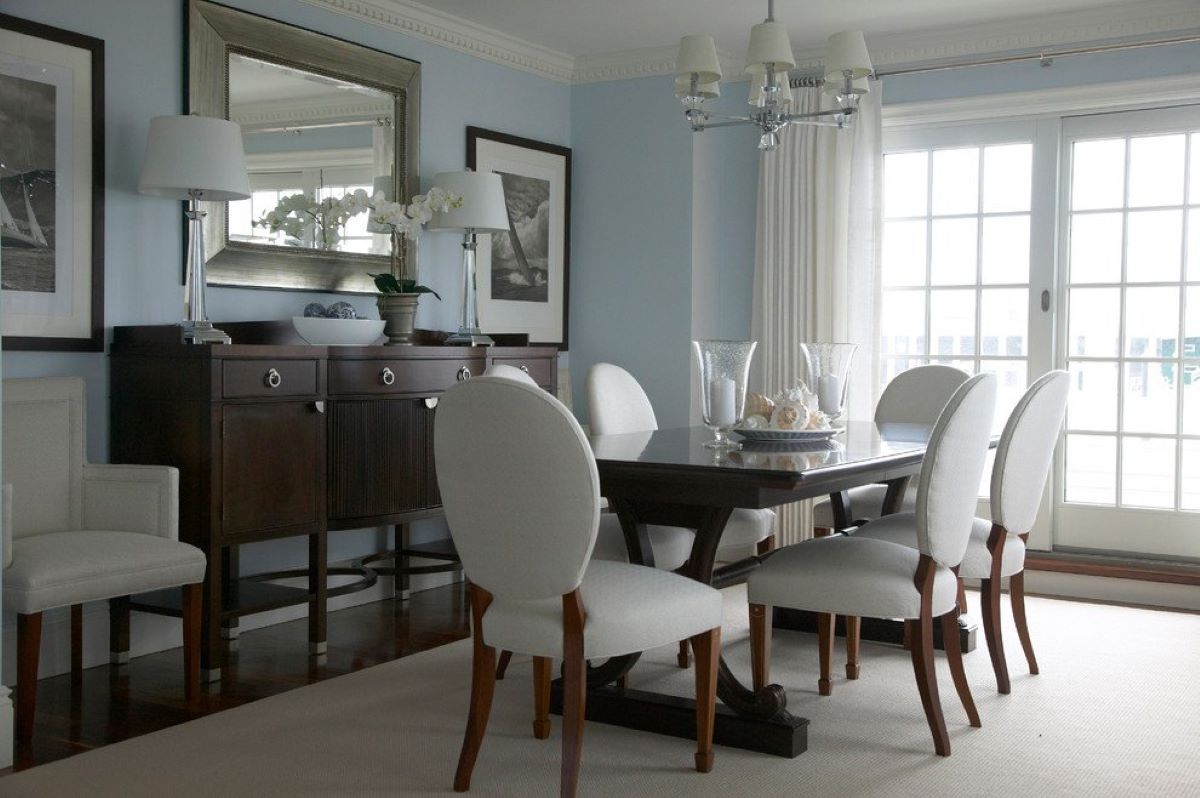
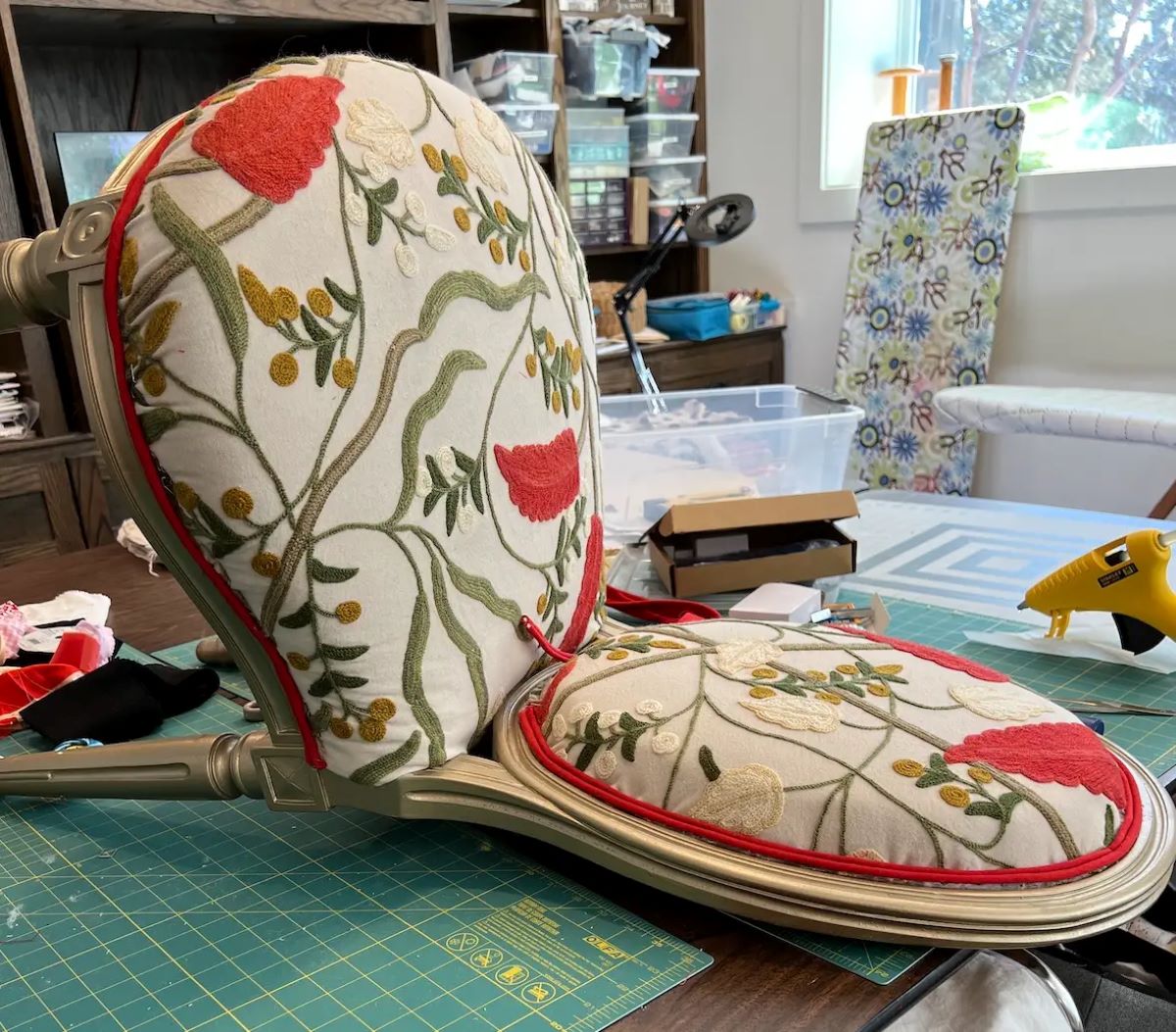
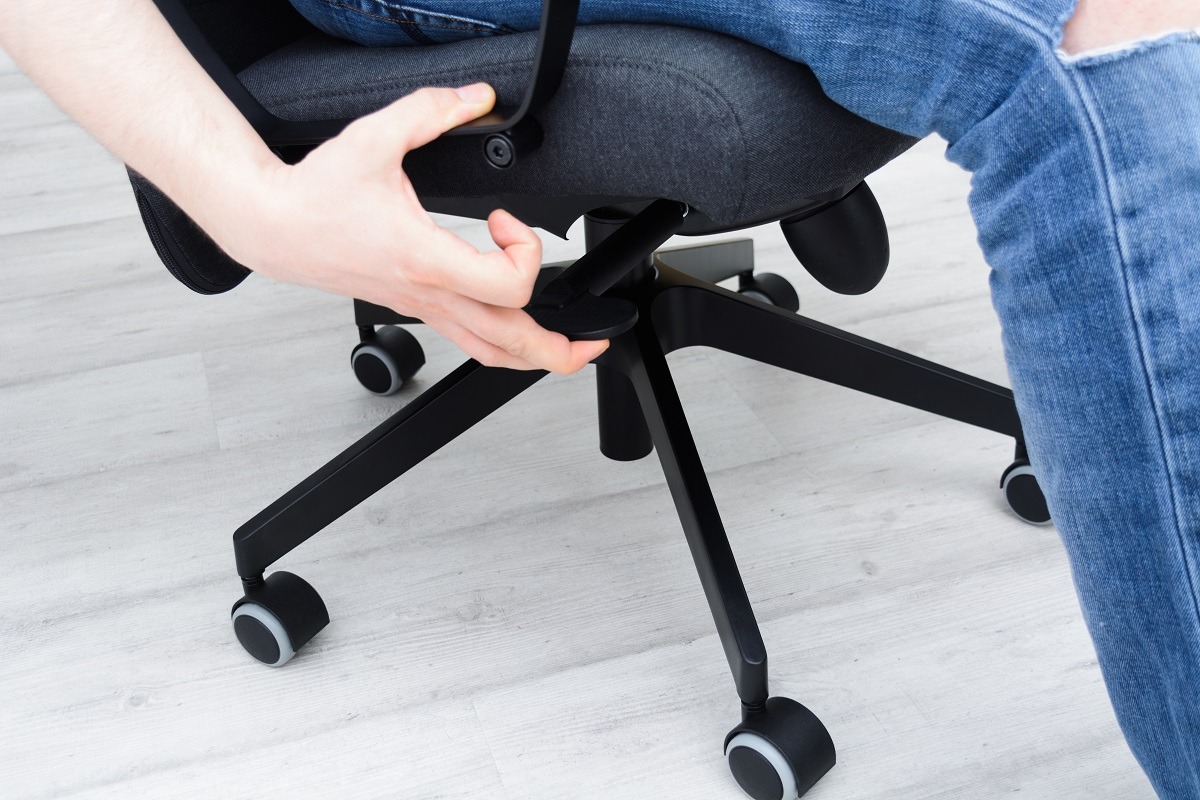
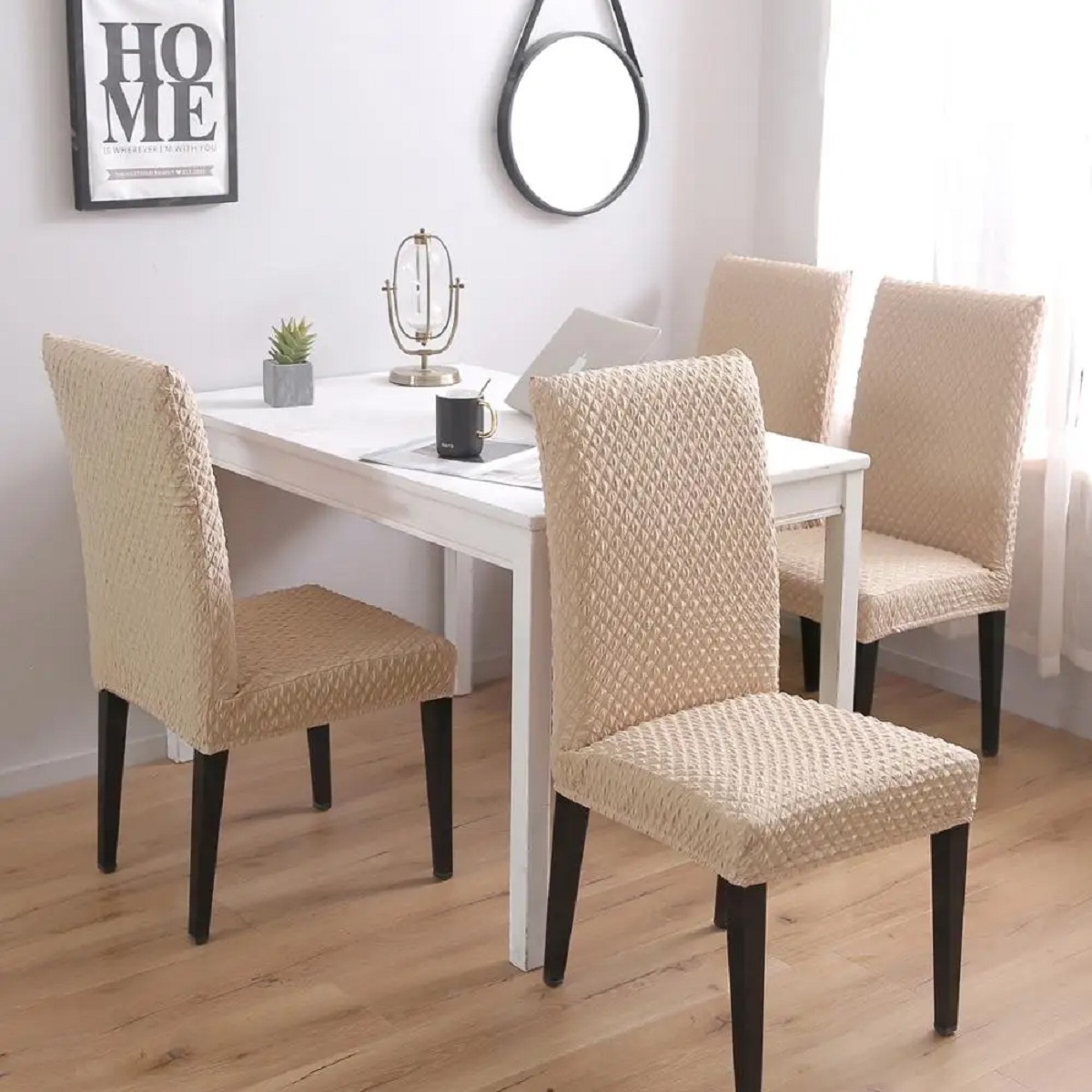

0 thoughts on “How To Repair Wobbly Dining Room Chairs”